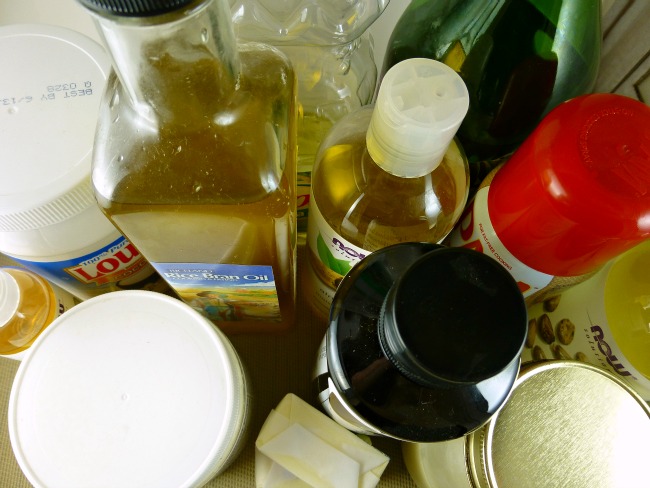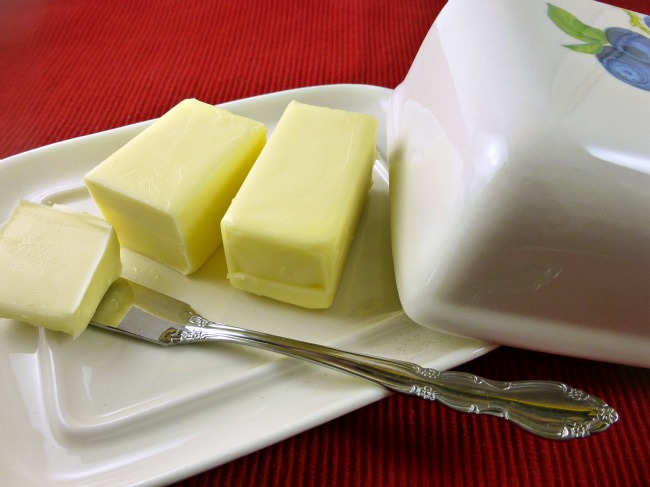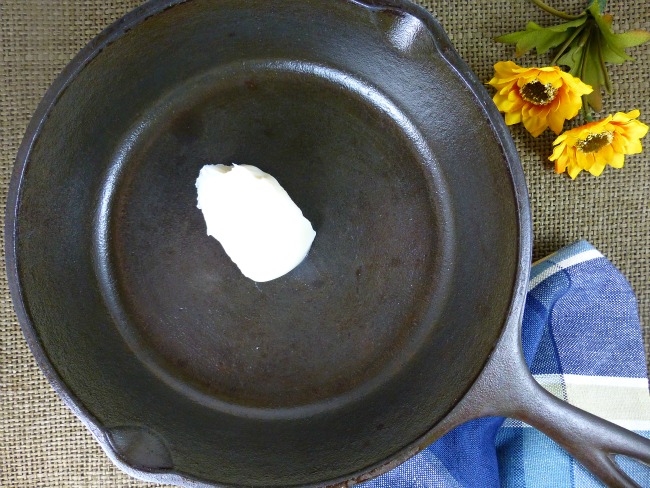Fats and oils for cooking are a hot topic these days. There’re so many different types that it can be overwhelming to choose the right fat or oil for the job. Here’s a list of my favorites to point you in the right direction.

Top Fats and Oils for the Job:
Sautéing: My go-to oil is olive oil. I also love butter or ghee.
Stir frying: Try sesame oil for stir frying. It has a rich nutty flavor that adds a little something special. Rice bran oil is one of my new favorites. It handles heat well and has a great light flavor.
Pan frying: I can’t get away from my all-time favorite: bacon grease. Coconut oil is also a rising star for pan frying. Depending on the flavor I’m going for, I may choose rice bran or olive oil.
Deep frying: Favorite deep frying oils include peanut, canola and rice bran oil. If you’re truly blessed, you may be able to get your hands on some home-rendered lard.
Baking: If it will hold the texture of the recipe, my first choice for baking is butter. Who can beat the flavor? My second choice is coconut oil. I use unrefined if the coconut flavor ‘fits’ the taste or the more neutral refined if it doesn’t. If liquid oil is needed, I use olive, rice bran or any good vegetable oil.
For dipping, dressings and marinades: My hand tends to go on autopilot and reach for olive oil for all of these uses. But, occasionally, I throw caution to the wind and reach for something more adventurous: toasted sesame, peanut, walnut, avocado or flax oil. I challenge you to find a new oil to try.
For marinating, stir frying, making dressings and baking: Sunflower oil is a good alternative. It’s also delicious when poured over salads and drizzled on popcorn. We have an opportunity to purchase sunflower oil made in Arkansas by Wayne Plantation. His oil (from the sunflowers he grows on his farm) is cold-pressed, mid-oleic, contains lots of vitamin E and monounsaturated and polyunsaturated fats.

Important ‘Fat’ Terms:
Trans fats: Most trans fats are made through a process called partial hydrogenation. This process increases the shelf life but is linked to contributing to higher cholesterol levels. It’s used extensively in prepackaged and fried foods. If a product has an ingredient that includes ‘partially hydrogenated’ then it likely has trans fat.
Saturated fat: This fat is found mostly in meat and dairy products. It is also found in the ‘tropical oils’, such as coconut and palm.
Polyunsaturated fat & monounsaturated fat: Considered ‘heart-healthy’ by the American Diabetes Association. Some examples are olive oil, sunflower, safflower, corn, soybean and cottonseed oils.
Smoke point: The temperature at which a fat or oil smokes when heated. Once oil reaches a temperature that it begins to smoke, the composition changes making it possibly harmful to consume. It is wise to throw it out and begin again with fresh oil.
Rancid: When a fat or oil develops a stale or unpleasant smell or taste it’s considered rancid. A fat can become rancid through a process caused oxidation. Oxidation is caused by exposure to heat, oxygen and light. Store oils in a cool, dark area in a well-sealed container to slow or prevent oxidation.

What is your favorite fat or oil and how do you use it in cooking?
Content by Mary Wood of RunoftheMillMary.
